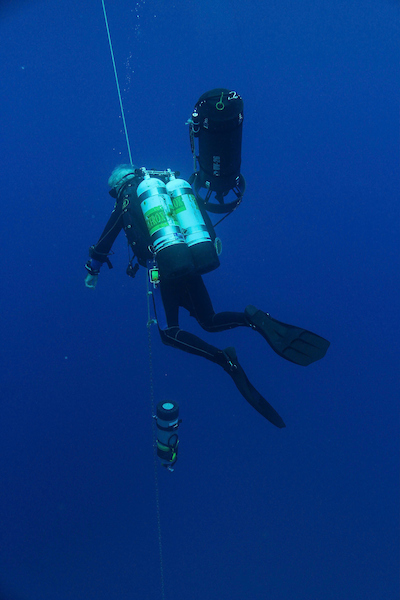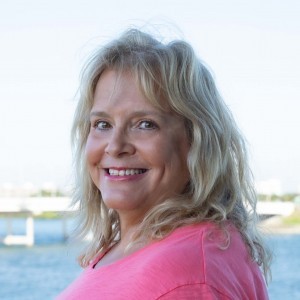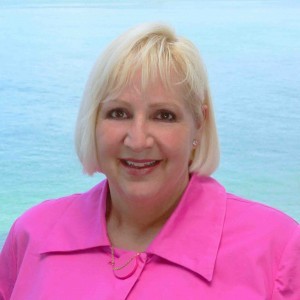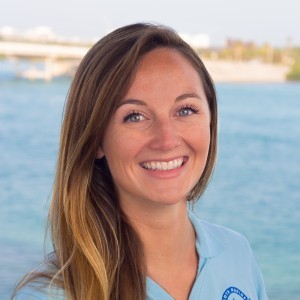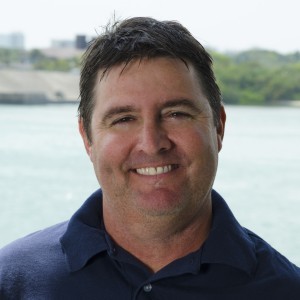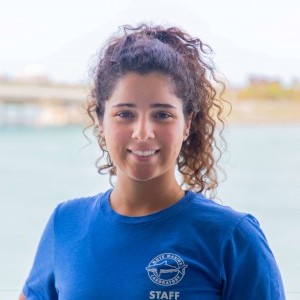Impacts: World-class research at Mote
Charting new courses: exploration & innovation
As an independent, marine research institution, Mote has the freedom to tackle emerging ocean issues while diving deeper—sometimes literally—into exploratory studies of ecosystems and organisms, returning with novel insights for ocean and human health.
-
In August, famous oceanographer Dr. Sylvia Earle and her organization Mission Blue named part of Florida’s Gulf Coast its newest “Hope Spot,” an ocean region worth preserving. Mote’s exploration of the region’s “blue holes”—underwater caves, springs and sinkholes—informed the Hope Spot designation.
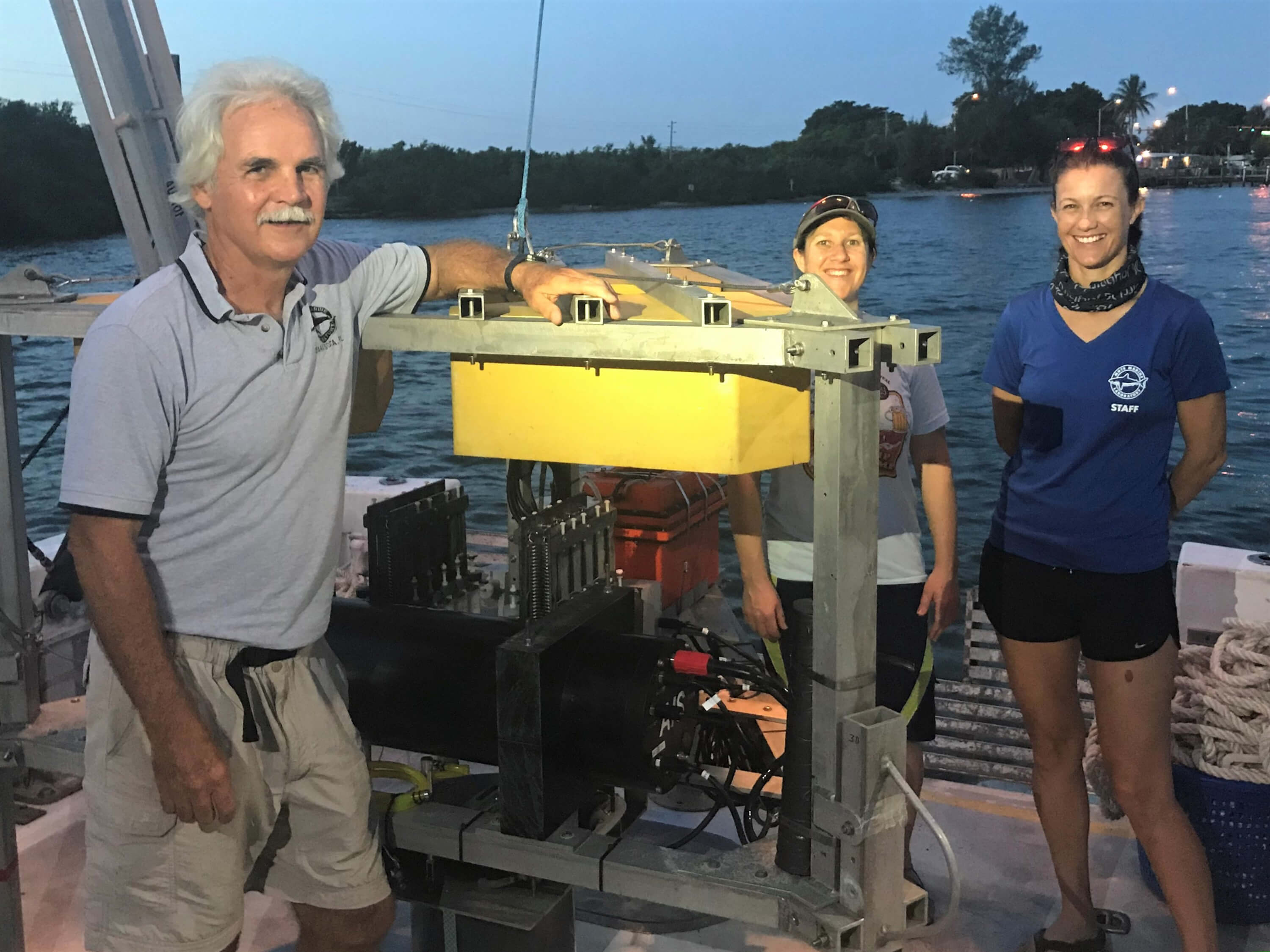
-
In May and September 2019, Mote scientists undertook their most detailed blue hole investigation to date, with Florida Atlantic University (FAU); Georgia Institute of Technology and USGS. The team deployed a 600-pound “benthic lander” carrying scientific instruments more than 350 feet deep into the site AJ Hole, documenting wildlife around the rim and the carbon, nutrients and microscopic throughout the hole and its bottom sediments. At the bottom, divers found two deceased smalltooth sawfish, an endangered species.
The deceased sawfish were intact enough to be collected for research, and Mote scientists quickly reported the discovery to NOAA and the FWC, the respective federal and state agencies overseeing the species. Special permits are required to interact with sawfish, alive or dead. At press time, one sawfish from AJ Hole had been successfully collected by divers working under a NOAA-issued, Endangered Species Act Section 10 permit. The male, 12-foot sawfish was transferred to permitted FWC staff for a necropsy (animal autopsy).
Mote’s Ocean Acidification Research Program, which led the project, reported that the AJ Hole exploration team found large amounts of dissolved inorganic carbon, which can support some forms of life—including microscopic organisms that can put that carbon back into the environment in a form other organisms can access. This process is important in global carbon cycles, which must be understood to make accurate climate change projections. The Gulf has many blue holes, and if others are releasing carbon into the environment like AJ Hole appears to do, that would mean blue holes play a notable, previously undocumented role in the Gulf’s carbon budget.
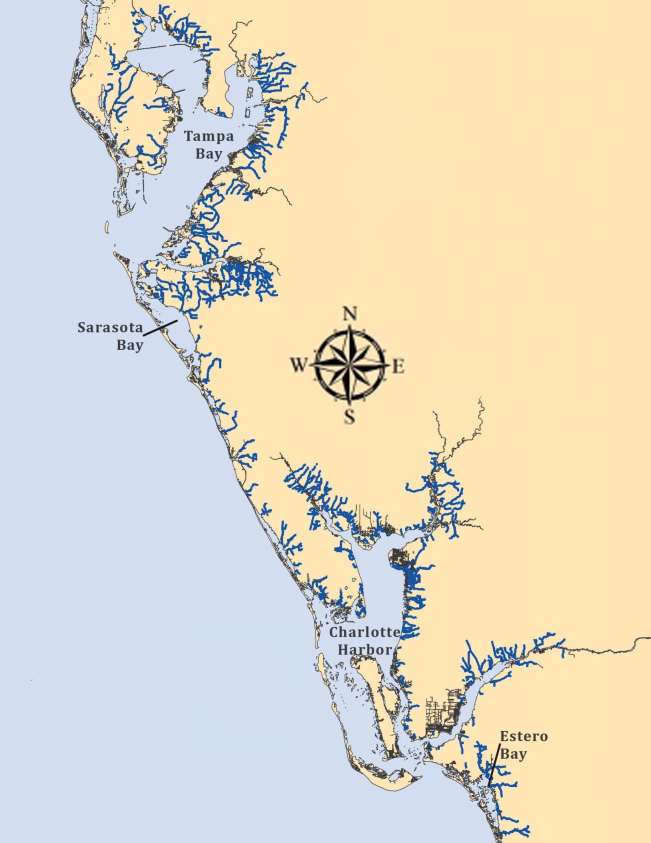
-
Janicki Environmental, Inc., and Mote scientists reported results from a major study of nutrient pollution and water quality in southwest Florida’s tidal creeks, conducted with EPA funding and partners at Sarasota Bay Estuary Program and many other agencies. Mote contributors analyzed stable isotopes—chemical markers that broadly indicate what types of nutrient sources enter creeks.
The study offers National Estuary Programs improved tools to make informed decisions for restoring these waterbodies, including a nitrogen-nutrient “report-card” highlighting which creeks should be evaluated or addressed.

-
Mote research revealed that southern flounder exposed to oiled sediment for 35 days in the lab showed evidence of stress and DNA damage in a peer-reviewed study providing one of the latest indicators of potential impacts of the 2010 Deepwater Horizon oil spill.
The flounder study is one of several oil-exposure studies in a series led by Mote’s Environmental Laboratory for Forensics together with Mote’s Marine and Freshwater Aquaculture Research Program within the C-IMAGE research consortium focused on the Deepwater Horizon impacts and based at USF.
The scientists exposed southern flounder to 3 grams of Deepwater Horizon oil per kilogram of sediment, a concentration that could have been observed in coastal areas of the Gulf of Mexico affected by the 2010 spill. Even though fish have natural biochemical defenses to cope with harmful chemicals, the fish in this study could not ameliorate all of the “oxidative stress” (a potentially damaging impact) from this exposure. Oxidative stress doesn’t guarantee a change in the animal’s health, increases the risk for that to happen.
This study doesn’t guarantee that the same impacts are occurring in wild flounder, but it’s important to note that the lab study focused on oil exposure alone, whereas fish in the wild are likely struggling with multiple stressors at once.
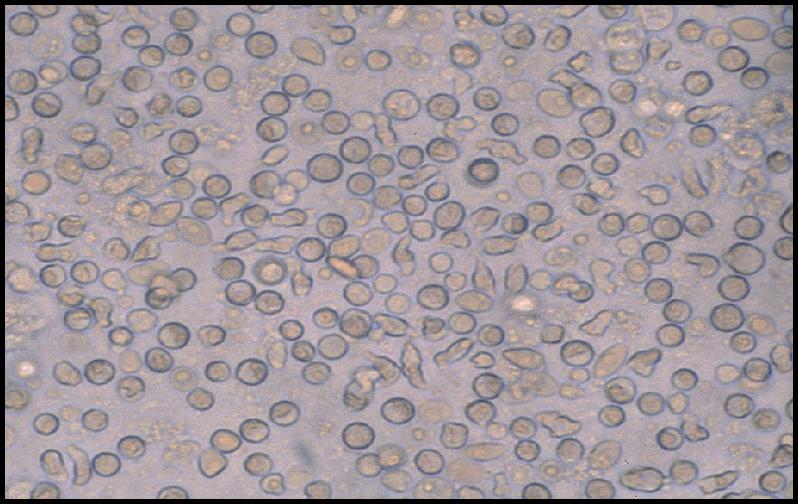
-
Mote scientists took innovative steps toward isolating cancer-fighting compounds derived from shark immune-system cells, building upon their earlier findings that sharks’ epigonal organs produce a natural mixture of compounds that inhibits several human-tumor cell lines in the lab.
The cancer-fighting compound(s) must be isolated from the mixture to assess their therapeutic potential. Traditional methods to isolate them proved challenging, so Mote partnered with Green Mountain Antibodies on an alternative approach: developing antibodies (immune-system proteins) that might “recognize” the active compounds and help scientists isolate them. The researchers are producing the antibodies using methods never before applied to shark-derived compounds—a groundbreaking step. Raising hundreds of antibodies and screening them for interaction with the shark-derived compounds takes significant time and resources—but if successful it could pave the way for producing enough of the cancer-fighting compound(s) in a purified form to progress towards animal studies required for the process of improving human cancer therapies.
To carry out the antibody research, Mote scientists derive the mixture containing the unidentified, cancer-fighting compounds by culturing cells from the shark epigonal organ and producing a substance called “epigonal conditioned media” (ECM). Mice are then immunized with the ECM, allowing the mouse immune cells to produce corresponding antibodies. To make more copies of the antibodies, the researchers use a method called “hybridoma technology” that has never been used with shark-derived compounds before.Then the scientists purify the antibodies and study how they interact with the shark-derived mixture. If any antibodies inhibit the cancer-fighting activity of the mixture, that suggests those antibodies are interacting with the compounds of interest and could potentially be harnessed in future lab work to isolate the compounds.
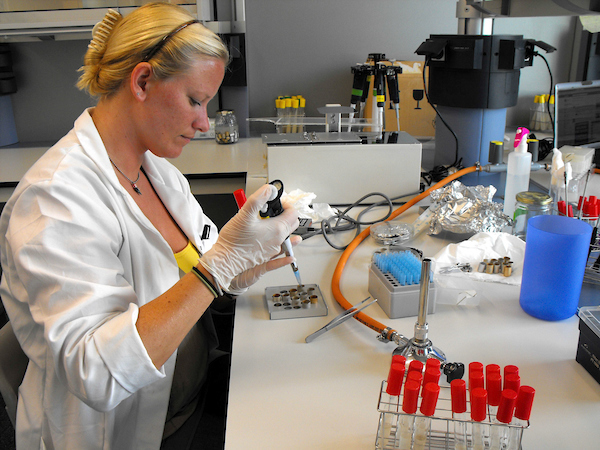
-
This year Mote tested whether marine bacteria from snook, pompano, cownose rays and fish-aquaculture environments can produce new antibiotic substances that fight harmful bacteria that affect humans and resist current antibiotics. Of 750 marine bacteria the researchers tested, 32 inhibited at least one of the antibiotic-resistant bacteria tested: MRSA (methicillin resistant Staphylococcus aureus), VRE (vancomycin-resistant Enterococcus), Bacillus cereus and/or Serratia marcescens.
The team began investigating what antibiotic compounds might produce these effects, and such investigations must continue. This research is crucial because antibiotic resistance contributes to 700,000 deaths annually.
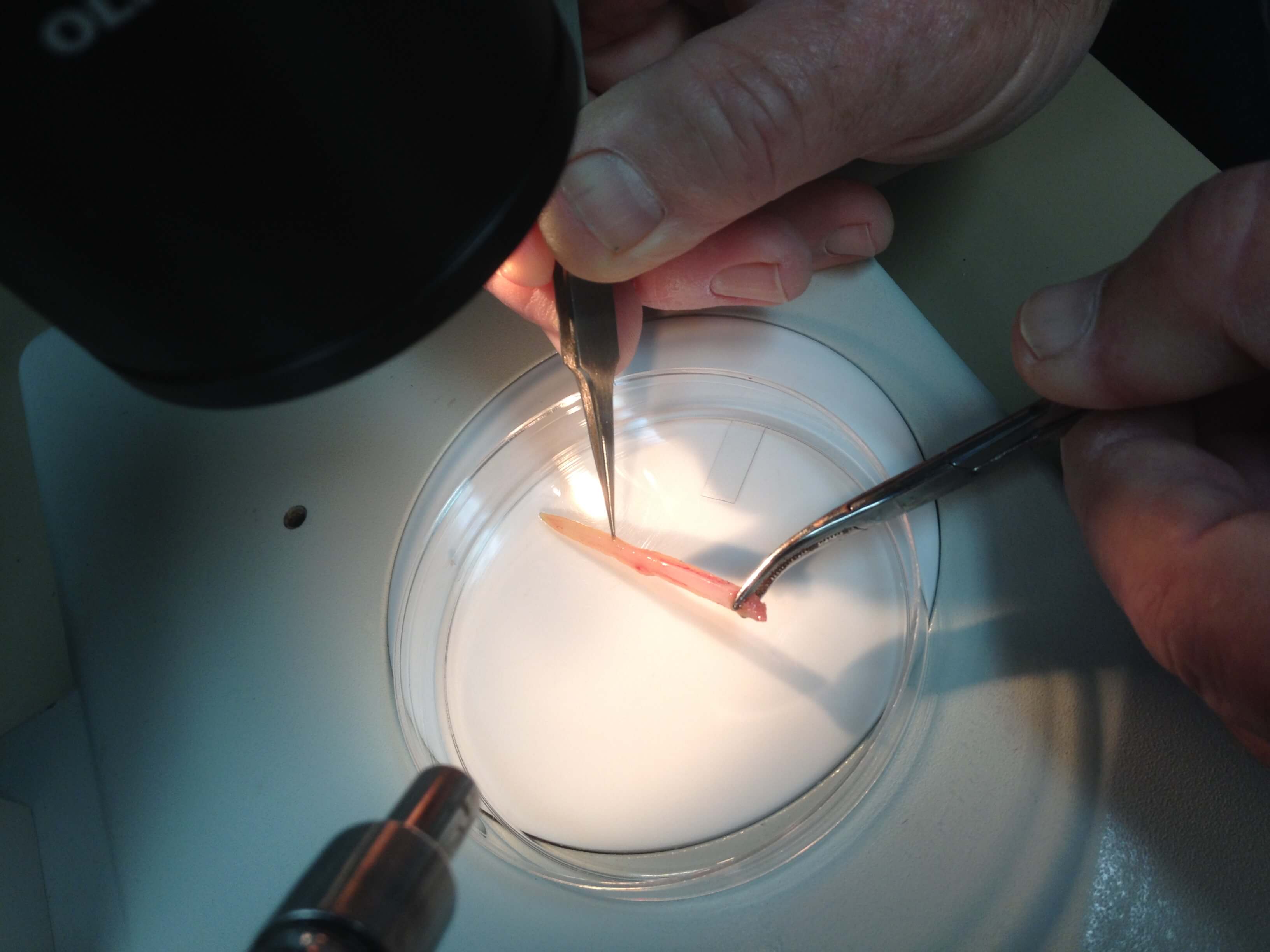
-
A new research collaboration is investigating stingray venom to understand its chemical properties and biological effects, and ultimately, whether its power can be harnessed to improve medical therapies. Partners include Mote, University of South Florida (USF) and Florida State University (FSU).
Scientists from Mote’s Marine Biomedical Research Program and Marine Immunology Program have been collecting and processing ray venom consistently for analyses, collecting venomous spines from Atlantic stingrays (which doesn’t hurt the rays) and deriving a pellet of cellular tissue and a small volume of fluid containing dissolved venom compounds.
A collaborator at USF’s Morsani College of Medicine worked with Mote scientists to investigate how the venom-containing fluid affects lab-cultured human cells, specifically cells related to skin connective tissue and nervous-system processes. The preliminary results might not surprise those who have experienced a ray’s sting: High concentrations of the venom appeared to be acutely toxic to the cells, and lower concentrations slowed cell growth. These effects didn’t occur if the venom had been heated previously.
Preliminary results from this collaboration were presented at a Venom Conference at the University of Florida in March. Mote’s other samples, the tissue pellets, contain cell nuclear material that a collaborator at FSU Department of Chemistry & Biochemistry will examine to characterize the venom gland transcriptome (gland cell RNA containing genetic information about the compounds that make up the venom).
Specifically, project partners hope to understand whether stingray venom compounds might be applicable to developing drugs to lower blood pressure, anticoagulants to reduce the risk of heart attacks, and non-addictive painkillers derived from calcium-channel blockers.

-
Scientists in Mote's Environmental Laboratory for Forensics launched an effort to study environmental contaminants in ocean-circulation areas called gyres, which collect contaminants but also transport vulnerable marine life such as fish eggs and larvae.
Project scientists are investigating contaminants and the diversity of marine animal species in the uppermost layer of water from geographically diverse, differentially contaminated gyres. Samples are being collected by the organization eXXpedition, which leads voyages with an all-female crew exploring plastic and contaminants in the ocean. Certain contaminants are associated with plastic and can accumulate where plastics accumulate, including in gyres.
Photos by: Conor Goulding, R. Snow/OCEARCH, dottedyeti/Adobe Stock
